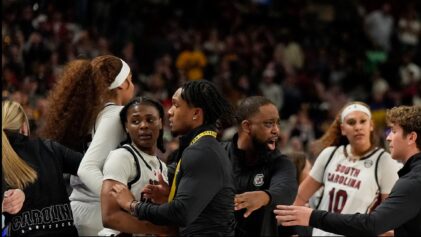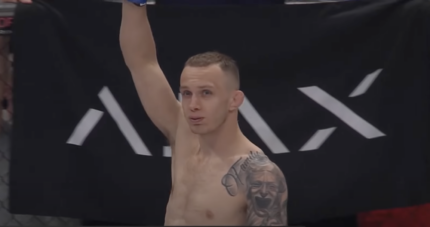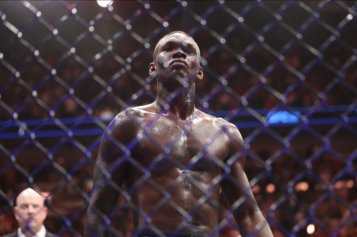During the Bellator: Patricky “Pitbull” Freire vs. Daniel Straus event on January 16th 2015, it was formally announced that Kevin “Kimbo Slice” Ferguson would be making his return to the cage.
America’s favorite Internet sensation, Slice has been out of MMA competition for 5 years focusing on his promising boxing career in the meantime.
“I've been trying to keep busy as much as possible," said Slice. "Been boxing over the past couple of years. My current record [as a boxer] is 7-0. Bellator is up there in the tops and they're giving me the opportunity to fight on primetime and Spike TV. You know you can't resist Spike TV.”
Born in the Bahamas and raised in Florida, Slice started his combat sports career on the streets of Miami, where he competed in unsanctioned prize fights on camera; the fights were viewed by millions on the Internet, establishing Slice as a true viral sensation.
"You’ve got to think, I'm still hungry out there. I haven't got my fill yet,” said Slice. "Whoever steps up to the plate, they got to bring it. I'm coming to get it."
The signing of Slice is an exclamation point on the re-emergence of black MMA fighters on the main stage. Bellator seems to be the main driver signing fighters like Muhammad “King Mo” Lawal, Quinton “Rampage” Jackson (currently defected back to the UFC), Cheick Kongo and now Kimbo Slice.
"Anyone who has been to a Kimbo Slice fight has felt a thick, electric, tension in the air," said Bellator President Scott Coker. "The man has a proven knack for evoking excitement every time he steps inside a cage, and that fits perfectly with the kind of fights we aim to put together."
The current Bellator Lightweight Champion, Will Brooks and Light Heavyweight Champion, Emanuel Newton, are both men of color and with a mega fight approaching in King Mo vs. Kongo, there is definitely a resurgence of great matchups between fighters of color.
Traditionally, MMA has dragged its feet in its attempts at reaching and relating to a broader audience as the sport has grown exponentially over the years. The closest event that came to represent an MMA talking point for fans of color was in 2010 at UFC 114: Rampage vs. Rashad Evans. The trash talking took a racially overt tone when Evans accused Rampage of being an Uncle Tom at a press conference. Evans defeated Rampage via unanimous decision. Fans were also witness to the Bellator pay-per-view event last year featuring King Mo vs. Rampage, an event which got personal years before it was even finalized.
More recently, Light Heavyweight Champion Jon “Bones” Jones took on Daniel Cormier January 3rd 2015 at UFC 182: Bitter Rivals. The event was preceded weeks earlier by a press conference gone wrong which resulted in a melee in the lobby of the MGM Grand in Las Vegas.
But both of these bouts, and fighters, are extremely important for the sport of MMA if it wants to continue its growth. Niche markets of current and potential fans need to be communicated to properly and the best way to do that is to market and elevate those fighters that speak directly to these audiences.
With the return of Anderson Silva and the rise of fighters in other promotions like Desmond Green of Titan FC, MMA’s march towards inclusivity is steady on its course, but still has a way to go.



